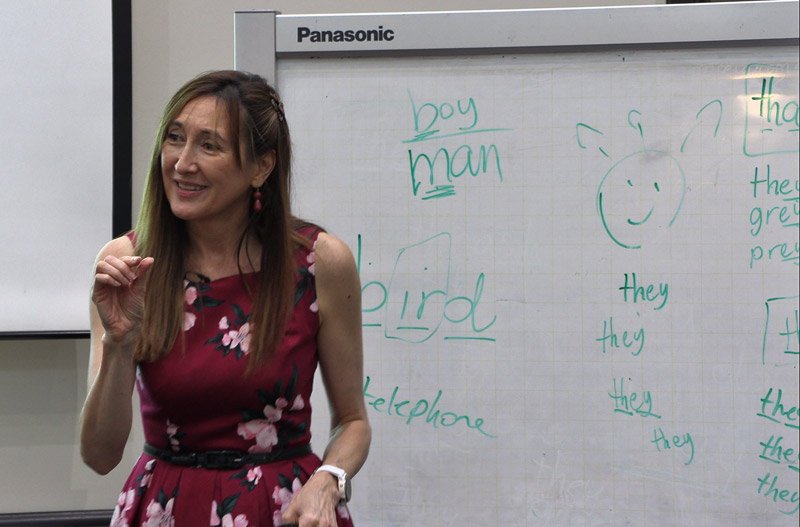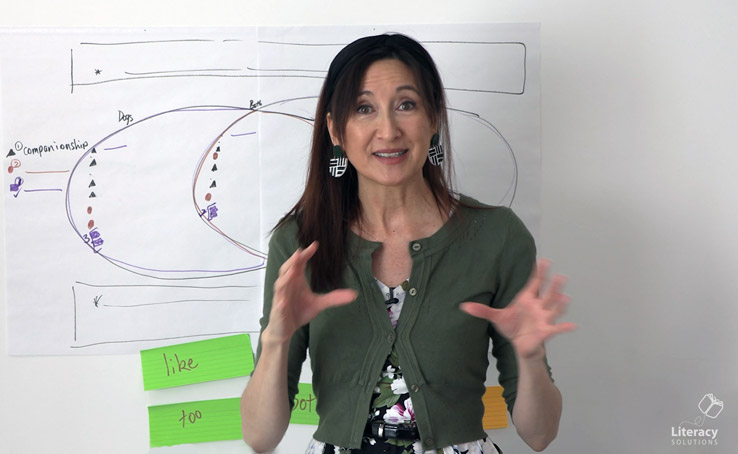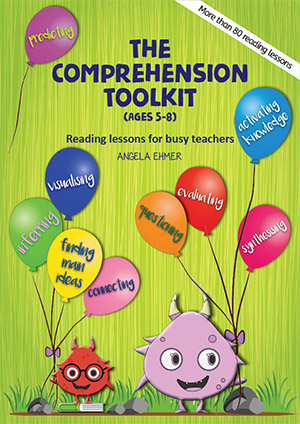Guided Reading: What’s the point?
The practice of homogeneous group reading is not new. This model of reading has been a common practice in schools for many decades. So what is the difference between small group, round robin reading and guided reading?
Guided reading occurs when teachers select texts based around the instructional reading level of students and also consider how texts support and challenge particular groups of students. At the instructional reading level, the challenges within the text are considered and strategically supported by the teacher. Texts at this level provide a balance of words known and challenges to be solved. It is during guided reading that teachers hope to observe students applying reading strategies taught and revised during read aloud, shared reading and guided reading sessions.
Round robin reading shares the problem solving between students in the group. For example, if the text has 600 words, and there are 6 students in the group, each student problem solves 100 words during round robin reading. In contrast, during guided reading, the students would each solve all 600 words of the text. The quantity of problem solving for a group of 6, is 6 times greater.
In short, the point of guided reading is its purpose, which is to provide opportunities for (all) students to problem solve a text, with a balance between the quantity of solving to be done and the number of words presented. It provides an opportunity for students to try out strategies taught, on a text with enough, but not too many challenges.




